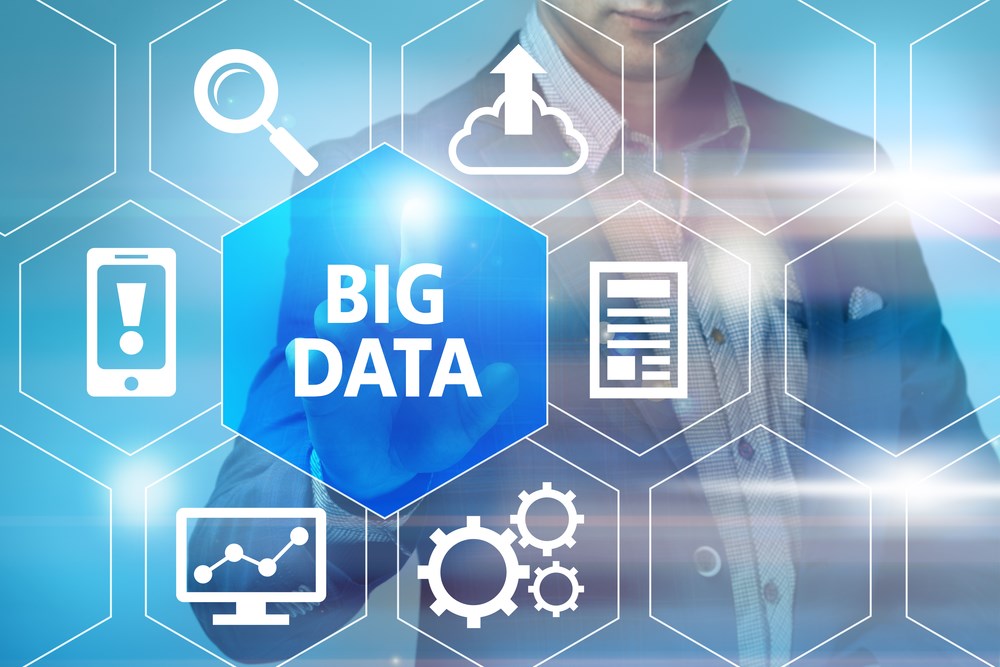Big Data. AI. Machine Learning. IoT. Chat Bots. There is a huge amount of hype built around the value and importance of advanced analytics, but most industries are not even close to achieving the full potential of its use.
More Than Just Dashboards, Separating the Hype from the Reality of Analytics
A recent McKinsey Global Institute survey that measures the state of big data showed most industries capturing between 10-40% of the business performance improvements they expected from big data.
One of the main problems is embedding analytic insights into the organization. It’s much easier to pull off some experiments than it is to institutionalize the findings on a daily basis across departmental silos. Organizations not only need to know which data to collect and how to create value from it, they need the right capabilities to translate between the business functions and the data scientists.
As you are embarking on your journey into big data and analytics, less is more at first. Determine the most important pieces of information you need and hit a homerun with that. From there you can build out your data collection and analytics capabilities.
Some basics to consider:
- Do you have analytics platforms to collect data and generate insights
- Is your data integrated and providing a 360 degree view for management
- Do you act upon and iterate digital products based on analytic insights
- Is your supply chain monitored with digital technology, including iOT
- Do you use AI tools to automate insights and reactions
Research shows that companies using analytics for decision making are 6% more profitable than those that don’t. You can’t be predictive and proactive in the absence of data, analytics, insights and the means to act upon it.
Here’s how you can join the analytics race:
- Start with a simple proof of concept. What metric do you most need to follow? Follow it and and put that data to work.
- Implementing Big Data isn’t easy, but doing nothing is not an option anymore.
- You may need some upgraded IT infrastructure to implement next-gen analytics. Things like cloud storage, data warehouse and compute power for iterative analysis.
- Have a look at predictive analytics from suppliers like SAP Hybris. It’s a bit more advanced and it costs, but has a big upside.
- Act on your data. There will be no positive impact without operationalizing your data and insights.
- Stay on top of your data, it gets old. Review, revise and iterate.
- Just do it, please. Thank us later. We can even help you.
The Data-Driven Organization
Becoming a data-driven organization is not just tactical, it’s transformational. In the disruptive environments we all compete in, digital natives collect, analyze and act upon data automatically. Traditional companies just getting started are faced with the unpleasant task of overhauling entrenched systems, roles, and mindsets.
You don’t have to transform your entire organization to make the first step. Start with a simple proof of concept and decide which metrics are most important to follow and put that data to work. There is no doubt that implementing Big Data isn’t easy, but doing nothing is just reckless these days. Creating a culture and ecosystem around analytics can be pretty messy and it takes time, but you will get there if it’s on your agenda.
Machine Learning and AI
There has been an extraordinary increase in the accuracy of machine learning algorithms’, driven by recent progress in deep learning. Properly implemented, machine learning can change many of our business processes and even the products we build.
Machine Learning and AI-based predictive platforms are much more accessible today to non-experts, providing access to a much wider range of professionals than ever before. Allowing marketing, operations and IT to all enjoy the benefits of the vast capabilities to improve business results and customer experiences. There is now a proliferation of commercially usable machine learning products, including Machine Learning as a Service platforms offered by Amazon Web, Google Cloud, IBM Watson, SAP Hybris and startups like RadiumOne, Dynamic Yield and others.
How to Get There
Big data, user experience design, social media, hyper-connectivity and other digital forces have radically altered the relationship consumers have with brands. Digital transformation is improving customer service, business management, market growth, retention and engagement.
Sygnific has been creating digital customer experiences since 2009, and can help your organization with complete Go to Market data analytics and dashboard systems.



